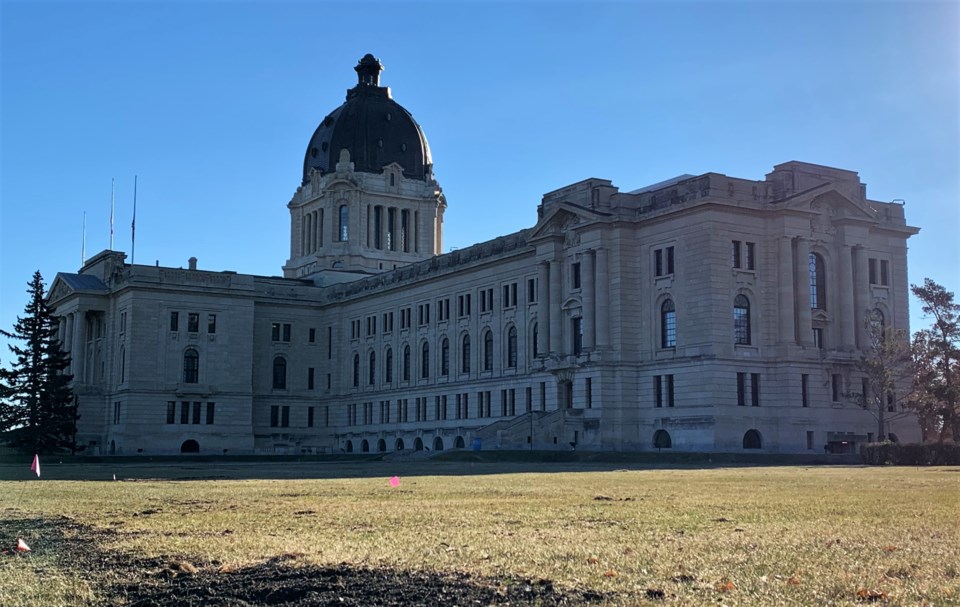REGINA — The mid-year financial report from the provincial government released Monday shows that while some areas of Saskatchewan’s economy are doing well, unexpected needs in the agriculture sector have pushed the 2021-22 deficit to a record-high.
Financial supports provided to both livestock and crop producers due to the extreme drought conditions were more than anticipated, pushing the year’s total expenses up $2.5 billion from budget predictions.
"The drought was unforeseen and farmers were hit hard this spring and summer," said Deputy Premier and Finance Minister Donna Harpauer.
Harpauer is now forecasting a deficit of $2.7 billion, up from the initial budget forecast by $97 million but down $29 million from the first quarter report. This would be a record-high deficit for the provincial government.
The report said the spike in expenses is largely due to $1.8 billion in crop insurance claims caused by the fall and summer drought conditions, which brought total crop insurance expenses to $2.4 billion this fiscal year.
Harpauer said that $1.5 billion of those claims have already been paid out.
Additionally, $292.5 million in market relief for livestock producers was also provided, and wildfires caused by drought conditions increased the protection of persons and property expense by $100.9 million from budget.
In addition to agriculture and weather complications, health expenses are also up $250 million from budget due to pandemic and drug plan pressures.
Federal transfers are up $543.6 million, due to drought, pandemic, child care and municipal infrastructure funding.
Although expenses are up, revenue is also anticipated to increase by $2.4 billion, or 16.5 per cent, from budget.
All revenue categories are looking at increases, said the report, including $668.8 million in non-renewable resource revenue thanks to high potash and oil prices.
Tax revenue is up $616.7 million from budget, due to higher personal and corporate income taxes following 2020 assessments, and an increase in provincial sales tax.
Saskatchewan’s GDP is also forecast to grow by 3.6 per cent in 2021, an improvement from the budget projection of 3.4 per cent.
"Our net-to-GDP ratio at March 31, 2022 is now estimated to be 19.4 per cent, projected to be one of the lowest ratios among Canadian provinces this year," Harpauer said.
So far, Saskatchewan has the highest growth in manufacturing sales and the second highest growth in housing starts in Canada.
Employment has increased by 13.370 jobs, or 2.5 per cent, compared to the same time last year, and the employment rate of 62.6 per cent is the second highest among provinces.
Harpauer said that several economic areas are showing indication that a return to “pre-pandemic strength” is possible.
"We are seeing many economic indicators trend up,” said Harpauer.



